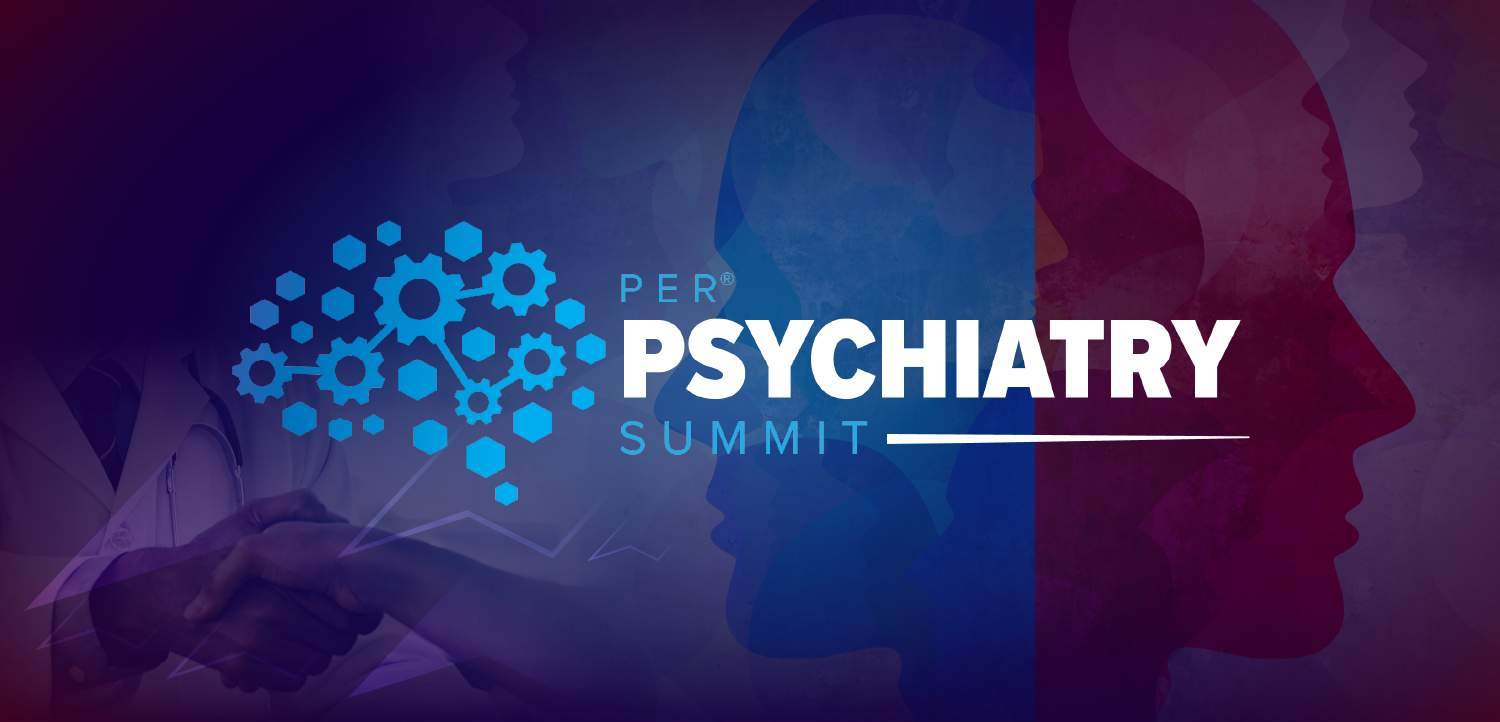
- Vol 37, Issue 6
- Volume 37
- Issue 6
Meeting Patients Where They Are: A Public Health Imperative
Despite the vast research conducted to better understand biological mechanisms underlying psychosis, people with psychotic disorders continue to suffer.
Schizophrenia is associated with substantial economic costs. According to the most recently published estimates, the total cost associated with schizophrenia in the US in 2013 was $155.7 billion.1 While this number is staggering in itself, even more striking is that the indirect costs such as those related to lost productivity, unemployment, premature mortality, and caregiving made up 75% ($117.3 billion) of this burden, dramatically overshadowing the direct costs of inpatient hospital stays, emergency room visits, outpatient visits, and prescription medications.1 These statistics speak to the enormity of the toll that schizophrenia and related psychotic disorders have on the whole spectrum of patients’ lives. Psychiatry, not unlike other areas of medicine, tends to take a reactive approach to treatment. Especially in the US, health insurance does not pay for treatment unless a condition is sufficiently severe or disabling, and we typically wait for a serious problem to arise before we take action. By the same token, psychiatric clinicians tend to focus somewhat narrowly on stabilization.
We may think our jobs are done once a distressing symptom, behavior, or other crisis has been sufficiently reduced or stabilized. However, the disproportionately high burden of schizophrenia’s indirect costs suggests that our reactive approach is not working so well for our patients. These data serve as a call to action for psychiatry to shift from the traditionally reactive to a more proactive approach to patient care—one that does more to meet patients where they are. In the US, the biomedical framework has dominated how we view schizophrenia. In 2019, the National Institutes of Health spent $263 billion on schizophrenia research,2 with funding awarded primarily to studies investigating genetic, molecular, or circuit related mechanisms underlying the illness. Although such research is important for identifying new and better treatment targets, uncovering biomedical insights alone is insufficient to help our patients. Despite the vast research conducted in the past several decades to better understand biological mechanisms underlying psychosis, people with psychotic disorders continue to suffer, and so much about schizophrenia remains unknown.
Critically, we do not have a clear understanding of what causes schizophrenia or even what constitutes the main gestalt of the illness. Rather, we often resort to describing the illness in roundabout ways, such as by listing its assorted symptoms. How many scientific articles and book chapters on schizophrenia start with a sentence describing schizophrenia as a “devastating illness characterized by hallucinations, delusions, disorganized thinking, and bizarre behavior”? Sentences like these mirror the way schizophrenia is conceptualized in the DSM, but they do not provide a clear sense of what causes these myriad symptoms or how the symptoms relate to one another. Importantly, as anyone who has worked with patients knows, people are much more than a collection of their symptoms. Symptom remission is the primary outcome measure used in many clinical trials. Likewise, clinicians are trained to think operationally about what symptoms or behaviors they seek to target with a particular intervention—whether it is a specific medication, dose change, or hospitalization. However, the disproportionate impact of schizophrenia on indirect costs highlights the urgent need for psychiatry to go beyond the relatively narrow scope of symptom remission to focus more attention and effort on improving functional recovery and quality of life.
How can we accomplish this? The challenge is that there is no single algorithm for achieving this goal. Heterogeneity is inherent among people with psychotic disorders, and one size does not—and will not—fit all. We can, however, leverage one guiding principle—the importance of meeting people where they are. The 4 articles in this Special Report provide valuable perspectives on some of the ways we can meet people where they are.
In his
In the article on
The article on phenomenology and disordered selfhood by Josef Parnas, MD, and Maja Zandersen, MSc, PhD, highlights the importance of going beyond symptom checklists to understand the subjective experience of individuals with schizophrenia. They remind us that we must listen to what our patients tell us to appreciate the phenomenological essence and experience of schizophrenia spectrum disorders. This kind of careful listening and exploration, which involves joint collaboration as well as putting oneself in the mindset of the patient, can lead not only to improved understanding and prediction of schizophrenia, but may also be therapeutic in itself.
Last but not least, Antonio Waldo Zuardi MD, PhD, and José Alexandre Crippa, MD, inform us about the therapeutic potential of cannabidiol in individuals with psychotic disorders. Many patients look to and experiment with complementary and alternative products, whether for recreational use or perceived health benefits. Given the abundant evidence of the detrimental effects of cannabis on psychosis and psychosis risk, clinicians may be wary of any ingredients in cannabis. The authors differentiate the potentially anxiolytic and antipsychotic effects of cannabidiol from the psychotomimetic effects of THC. While cannabidiol is not approved for clinical use, Dr Zuardi and Dr Crippa summarize the research, which may be controversial and confusing for clinicians.
I am thrilled that the knowledge and perspectives of these experts could be brought together for clinicians. The hope is that the insights and recommendations in this Special Report can help psychiatry to go beyond what the biomedical model has traditionally prescribed for schizophrenia and proactively meet people where they are. We cannot afford not to, as underscored by $155.7 billion in economic costs associated with schizophrenia. Above all, meeting people where they are is a matter of public health—the health and quality of people’s lives depend on it.
Dr Shinn is Director of Clinical Research of the Schizophrenia and Bipolar Disorder Research Program at McLean Hospital and Assistant Professor of Psychiatry at Harvard Medical School. Dr Shinn has nothing to disclose regarding the subject matter of this Special Report.
References
1. Cloutier M, Aigbogun MS, Guerin A, et al. The economic burden of schizophrenia in the United States in 2013. J Clin Psychiatry. 2016;77(6):764-771.
2. National Institutes of Health (NIH). Estimates of Research Funding for Various Research, Condition, and Disease Categories (RCDC). Feb. 24, 2020;
Articles in this issue
over 5 years ago
Prescribing Hope for Recoveryover 5 years ago
Stage-Specific Treatment of Psychotic Disordersover 5 years ago
Investing Tips in a Time of Crisisover 5 years ago
Talking to Pregnant Patients About Cannabis Useover 5 years ago
In Memoriam: Psychiatrists Who Are Coronavirus Casualtiesover 5 years ago
The Future of Telepsychiatryover 5 years ago
Immigrantover 5 years ago
Exploring Psychotropic Drug InteractionsNewsletter
Receive trusted psychiatric news, expert analysis, and clinical insights — subscribe today to support your practice and your patients.














